Bayanihan, Indigenous Mutual Aid
A pillar of our indigenous values is bayanihan. This practice of communal cooperation towards a common goal is a major factor of our survival despite centuries of colonization, the persistent erasure of our traditional culture and heritage, and our arduous migrations to many parts of the world.
The spirit and practice of bayanihan is exemplified by the collective assistance during planting and harvesting seasons and house moving. Made of bamboo with nipa (palm) leaves for roofing and built on stilts, as preventive measures against wild animals and rushing flood waters, the indigenous nipa house’s unique architectural feature allows for the whole building to be moved with the help of a group of people. Members of a barangay work together to move house by literally carrying the entire structure intact to its new location. It is a collective effort for the benefit of members of the community that promotes a sense of belonging, of being valued, and the practice of extending mutual aid to those in need. In turn, the spirit and practice of bayanihan guarantees the survival and the thriving of a community and its members.
Mass immigration of Filipinos to the United States was a result of American colonization of the Philippines. The majority of Filipino immigrants were recruited for cheap labor in the fields and canneries and pitted against and used as leverage with other minorities in order to control the labor force. Anti-Filipino sentiment was concurrent with American colonization and immigration. From the “living exhibits” at the 1904 World’s Fair in St. Louis where indigenous Filipinos were exhibited as so-called primitive tribes that promoted the notion that Filipinos were savages, to the prejudice, violence, and death (such as during the Watsonville Riots) which Filipinos faced in the early part of the 20th century. Yet Filipinos have prevailed and thrived with the establishment of Filipinotowns such as Little Manila in Stockton and Manilatown in San Francisco. Our deep sense of community and mutual support are reasons that our ancestors have remained resilient in the face of prejudice and extreme hardships in a foreign land.
This deep sense of bond with community and collective consciousness bound by culture and heritage are values and tactics of survival that we have brought with us in our diasporic journeys. In 1921, 40 Filipino seamen and members of the Gran Oriente Filipino Masonic Fraternity in the Philippines subverted the racist and discriminatory laws forbidding all foreign nationals from owning properties by pooling their money and buying a three-story Victorian building in the South Park neighborhood in San Francisco. The Gran Oriente Filipino Hotel served as a meeting hall, information sharing center, and provided housing for their members who worked in San Francisco and to visiting members who worked at farms in the Central Valley. In 1940, the fraternity also purchased an eight-unit apartment building across the Gran Oriente Filipino Hotel and a building for their lodge in an adjacent street. This has given the Filipino community a strong foothold in San Francisco at time when social discrimination and segregation towards Filipinos and all minorities was prevalent. Forming their own fraternity chapter was a way for the members of Gran Oriente Filipino to circumvent the discriminatory laws and help each other. With the systematic destruction of Manilatown and what is now the Yerba Buena District in the South of Market, these buildings still stand and remain a source of pride to the Filipino community.
In spite of displacement brought about by the urban renewal and development movement that have swept away communities in San Francisco that started in the mid-20th century, the Filipino community had, in a sense, reformed and began to build strong foundations of what eventually became SOMA Pilipinas, the Filipino Cultural and Heritage District. At the heart of this district is the Bayanihan Community Center, aptly named after the spirit and practice that is the source of our community’s resilience and has helped it survive and thrive throughout its hundred-year history in San Francisco.
The resilience and survival of our community is, once again, put to the test as we currently live through a global pandemic complicated by political and social turmoil in this country. In these uncertain times, the least that we can do, out of common decency, is to lift each other up and be a team player by at least following the recommended basic guidelines by health experts to stop the spread of the virus: social distancing, the use of a face covering, and hand washing. Doing what is best affects not only our community but also our entire world. In essence, these are circumstances that in different shapes or forms are a part of our history. Our ancestors have survived through countless adversities. It is something that we can draw strength and inspiration from and a reminder that resilience is inherent in us all.
Our history was and continues to be shaped by resilience. We have survived in spite of centuries of colonization and the attempted erasure of our own culture and heritage. This resilience and survival can be attributed to our deep sense of community. It is as a collective that we have and continue to triumph over adversities.




